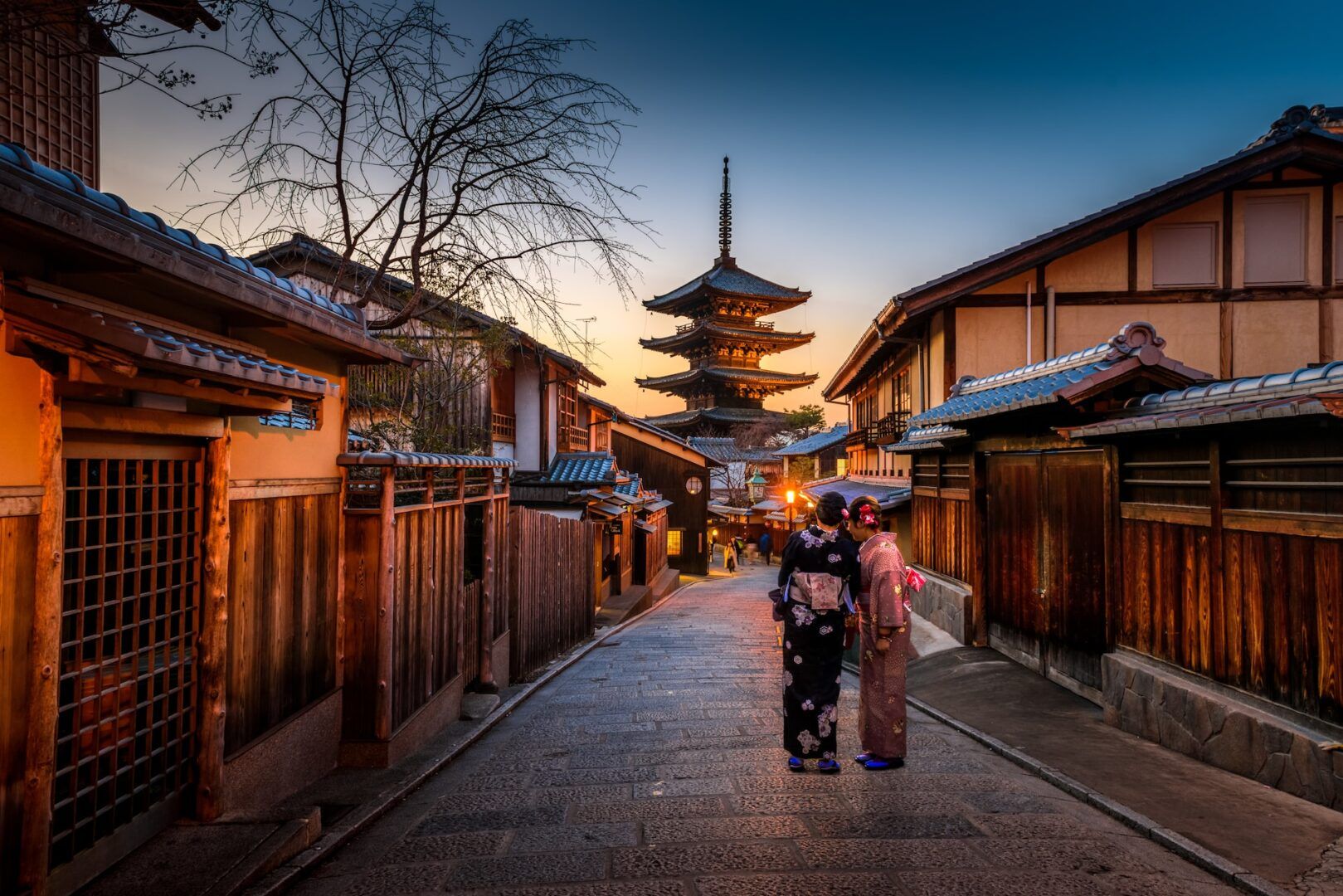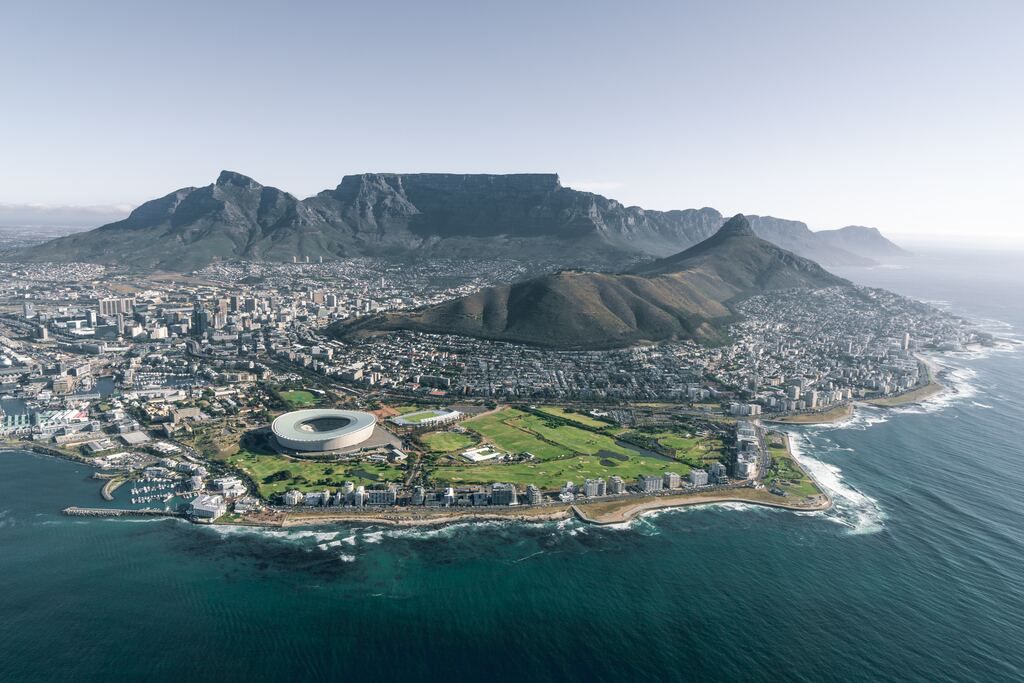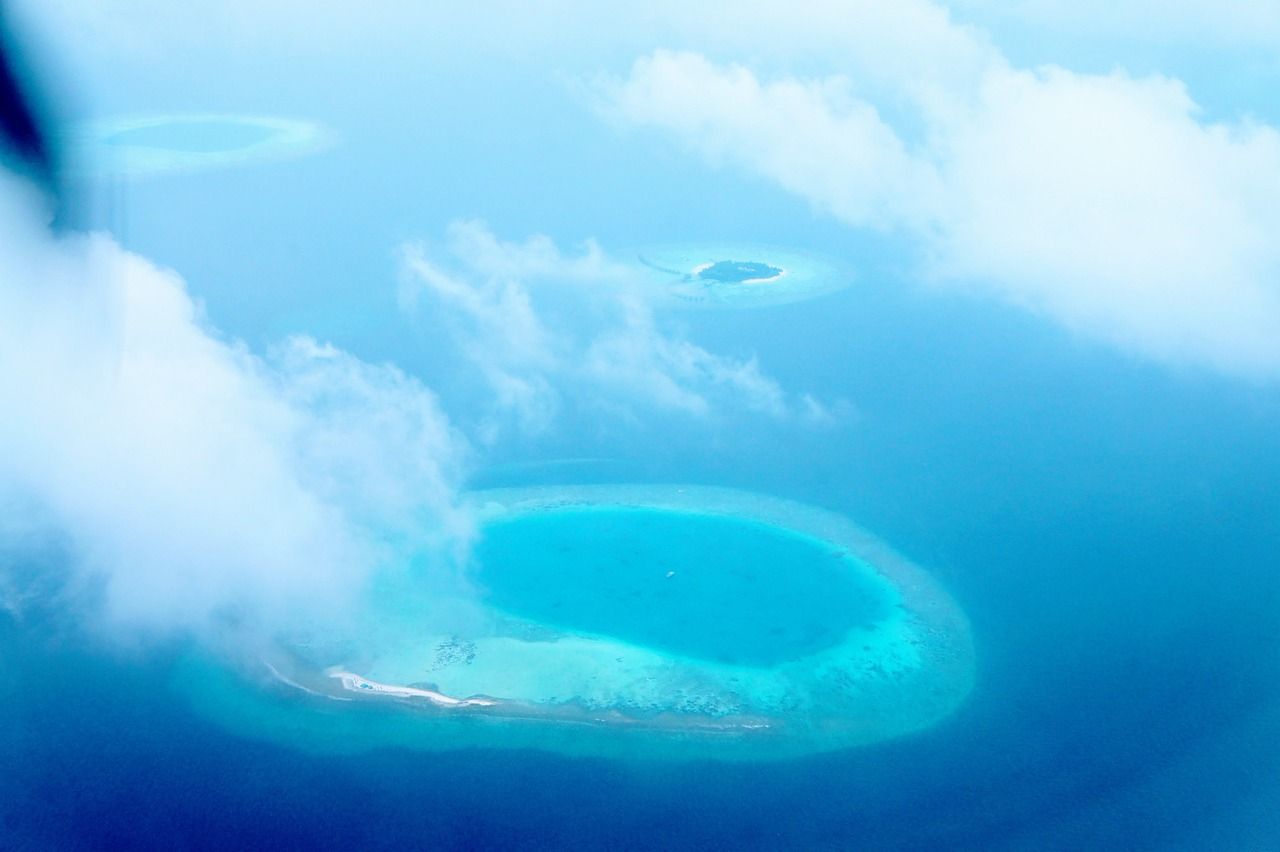

Is your next destination the magnificent land of the Rising Sun? Let us provide you with some pointers on what to see in Japan! Selecting a mere 10 was difficult, but these places are what we deem to be most deserving!
Japan is a unique destination, fascinating from countless points of view. The most beautiful thing is that modernity and antiquity actually coexist here, both pushing towards the future alongside millennial traditions that are jealously guarded and preserved. These countless facets make Japan the ideal destination for everyone. Those who love the city can lose themselves in the streets of Tokyo while those who prefer nature can explore Hokkaido. Anyone looking for dream beaches can head south to Okinawa, while for those who love relaxation, there are over 3,000 onsens scattered throughout Japan.
Arrange your itinerary according to the type of trip you are looking for. Consider that getting around Japan is pretty simple thanks to the Shinkansen high-speed rail system. Transfers will always be child’s play, especially if you have a Japan Rail Pass.
Would you like to explore Japan? Discover our itinerary!
Japan’s Must-Sees: The top 10 places to visit
Tokyo
Setting off with the capital, Tokyo: doubtlessly the main destination when planning a trip to Japan. It is an immense metropolis with over 13 million inhabitants – 35 million if you consider all 47 prefectures. Tokyo means “eastern capital” – a fitting name since it is located just east of the old capital Kyoto, from which it stole the title in 1943.

Prepare for the orderly frenzy of the Japanese. In Tokyo people are always on the go although everything is strictly regulated – it’s what makes this population so unique! This city is the symbol of all of Japan because it contains the modern and ancient essence and it doesn’t take long to notice. There are neighbourhoods with busy streets and ultra-modern buildings and others that are oases of peace, with ancient temples and well-kept gardens.
Highlights you shouldn’t miss? You can set off from Ginza, where the shopping area is located, with elegant boutiques, the Imperial Palace and the historic houses of the ancient samurai, the Shogun. In Asakusa, you will find temples, where you can still breathe the ancient charm of Tokyo, while in Shibuya you can immerse yourself in the frenzy of its most modern part. This is the busiest intersection in the world!
For anyone who loves manga and anime, the neighbourhood to visit is Akihabara: home to electronics stores and video games that would drive anyone crazy. Ueno is perfect for carving yourself a little peace. Here there is a large park that, especially in spring on the occasion of the cherry blossoming, is really highly evocative. For a special evening, we recommend the Golden Gai district, where there are truly characteristic tiny bars from the era of prohibitionism. Some are reluctant to accept foreign tourists, so choose carefully where to go!

Kyoto
If you’re leaving Tokyo, the second stop on your list of things to see in Japan must be Kyoto. Unlike Tokyo, which warmly embraces the drive towards modernity and the future, the city of Kyoto keeps its more traditional and ancient soul intact. There are numerous temples to visit, but you can’t miss the Golden Temple (Kinkakuji in Japanese), Kiyomizudera (a UNESCO World Heritage Site), or the Kyoto Imperial Palace.
Also take a stroll to Nishiki Market, where you can sample authentic Japanese flavours, and Gion, a historic district where you can see geisha on the way to work, wearing traditional kimonos. Here you can find Zen gardens, tea rooms and classic wooden houses that are part of the commonly shared stereotype of Japan.
Two more key milestones you cannot miss in Kyoto? One is undoubtedly the bamboo forest of Arashiyama, an almost enchanted place. But try to go early in the morning to avoid the horde of tourists that you often encounter at every hour of the day! To the south of Kyoto, there is the temple of Fushimi Inari Taisha, famous above all for the staircase that you need to climb to reach it. A path made evocative by the torii, the traditional Japanese access portals coloured the characteristic bright red.

Osaka
This is the third-largest city in Japan by population, so we couldn’t help putting it on the list. As in Tokyo and Kyoto, modernity and traditions coexist in Osaka, creating a unique atmosphere. Being a port city, it played a crucial role in the economic development of the country in former times. Historically, it is the commercial capital of Japan, and there are still today the largest industrial and port districts in the country.
In Osaka, you will find sacred places and temples, such as Sumiyoshi Taisha Shrine, one of the oldest in all of Japan, or Osaka Castle – which many confuse with the most famous Himeji Castle (yes, what you find in emoticons!). Next to the oldest part, there are imposing skyscrapers, such as the Umeda Sky Building, and theme parks, such as Universal Studios. American influences have arrived here too!
Osaka is famous for its nightlife, especially in Namba, the entertainment district par excellence. Here you can find bars, discos and gambling hall. Among them, try pachinko, a game of chance that is the most famous around here. It’s ideal also for cuisine: if you want to taste Osaka crab or the famous okonomiyaki, then pay it a visit!

Nara
Did you think Japan might not have a third ex-capital? Instead, Nara is the country’s ancient capital – even if we are referring to merely eighty years, from 710 to 794. From that time, Nara, as we see it today, has maintained its cultural charm. The city is considered the cradle of Japanese literature and art. The city is rich in historical sites: palaces, temples and shrines – many of which are UNESCO World Heritage Sites.
If you have 10 days, Nara should absolutely be among the things to see in Japan. Pencil in the Todaiji Temple, home to a giant golden Buddha, Heijo Palace and Isuien Gardens. Do not miss the Nara Park, where the city’s symbol, the famous deer of Nara, stroll quietly among the tourists. They are docile and used to human contact and very accustomed to posing for nice selfies!

Hokkaido
Hokkaido Island is located in northern Japan and is a relatively niche destination. Tourists who make it here usually have already made the “classic” circuit of Japan and have fallen in love with the country. Hokkaido is perfect for anyone who loves wild nature. On the island, there are forests, volcanoes, mountains, lakes, characteristic small towns and hot springs with traditional onsen.
Aim for Hokkaido in winter if you love winter sports and are not afraid of the cold. Every year a snow festival is organised here in Sapporo, the capital famous for beer, during which you can admire really amazing snow or ice sculptures. If you love trekking or cycling, then come here in summer. The season is perfect for outdoor activities and the temperatures are far more pleasant than those of the central island, where the sultriness is ever-present.

Okinawa
There aren’t many who’d associate Japan with beaches of white sand and crystal clear sea. Yet Japan is also this. The islands of Okinawa, in the south of the country, are a real tropical paradise, surprisingly close contenders to the Philippines or Indonesia. The islands of Okinawa are somewhat considered the Hawaii of Japan and yet remain an untouristy destination.
In addition to the beautiful sea, these islands are also curious from a historical and cultural point of view. There are temples and castles as well as the main islands of Japan, plus monuments and museums dedicated to the events that took place here during the Second World War. If you love the sea and are looking for an unusual destination, then visit this gem!

Hiroshima
Staying on topic, another place to see in Japan if you want to discover this country’s most recent history is definitely the city of Hiroshima. Unfortunately the epicentre of the tragic event that has forever marked the history of Japan and humanity: the first dropping of the atomic bomb on civilians. Visiting Hiroshima can be a strenuous experience because there are so many places of interest that recall this terrible event.
Despite the tragic past, everywhere you stroll in Hiroshima you can breathe an air of rebirth, without ever letting go of the past. We recommend a visit to the Park, Museum and Peace Memorial and a visit to the nearby Miyajima Island, where you can visit the Itsukushima Shrine and admire the symbol of the island, i.e. the majestic (and gigantic) red torii that rises near the shore.

Fujiyama and the Five Lakes Region
Mount Fuji wins the title of Japanese icon by right. Its majestic profile and peak, snowy almost all year round, are part of the common imagination of all lovers of the Land of the Rising Sun. Its presence is impressive: on clear days you can see it from Tokyo and several central areas of Japan. It has always been considered a sacred place by the Japanese.
In summer, you can also climb to its peak. Trekking is quite challenging but we are sure that every effort is rewarded by the view and bragging rights! Totally encompassing Mount Fuji, we find the Five Lakes region, an incredibly natural and scenic area. Of all the places you can visit, we recommend Hakone for two or three days of relaxation. It is the spa resort par excellence! If you love photography, then go to Lake Kawaguchi. Here Mount Fuji reflects on the lake waters creating a truly evocative image!

Takayama
We have left for the last two little gems, deemed unmissable if you have more time and seek a list of things to see in Japan in 10 days.
The first is Takayama, a small town located at the foot of the Japanese Alps (in Japan there are Alps?! You got it, it’s a small world). If you can spend a few more days in Japan and have already visited the cities we mentioned above, come here to discover the country’s most authentic part.
In Takayama, you can still breathe the atmosphere of ancient Japan. The houses are made of wood with narrow alleys and well-kept gardens. These sanctuaries are really peaceful and silent, insofar that they are not horded by tourists. It will take you two days when you can also buy some local handicrafts. The most virtuous carpenters of Japan lived here and their traditions have remained intact.

Kanazawa
To conclude, we have jotted Kanazawa onto this list, also to discover the most authentic face of Japan. Here you can lose yourself in Nishi Chaya, the geisha district, although unfortunately (or fortunately) only one of the old teahouses is open to the public. Even Nagamachi, the ancient samurai quarter, still retains a unique charm, while at Omicho market you can sample the local flavours. Definitely one of the best things to see in Japan!




